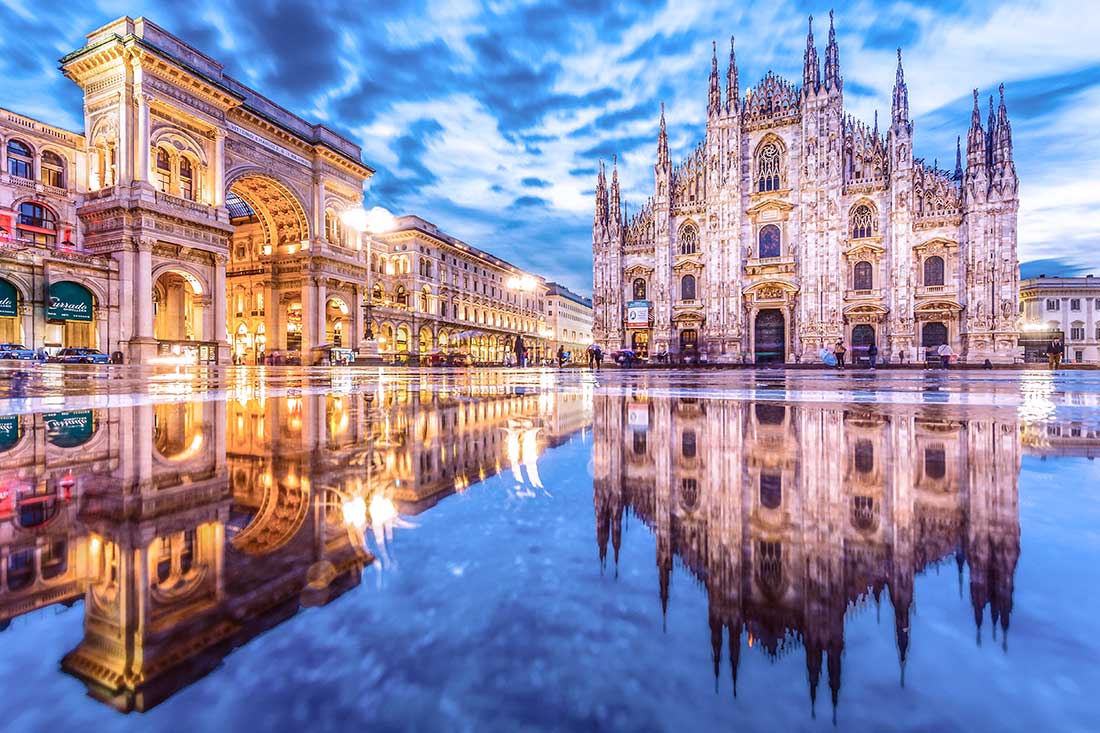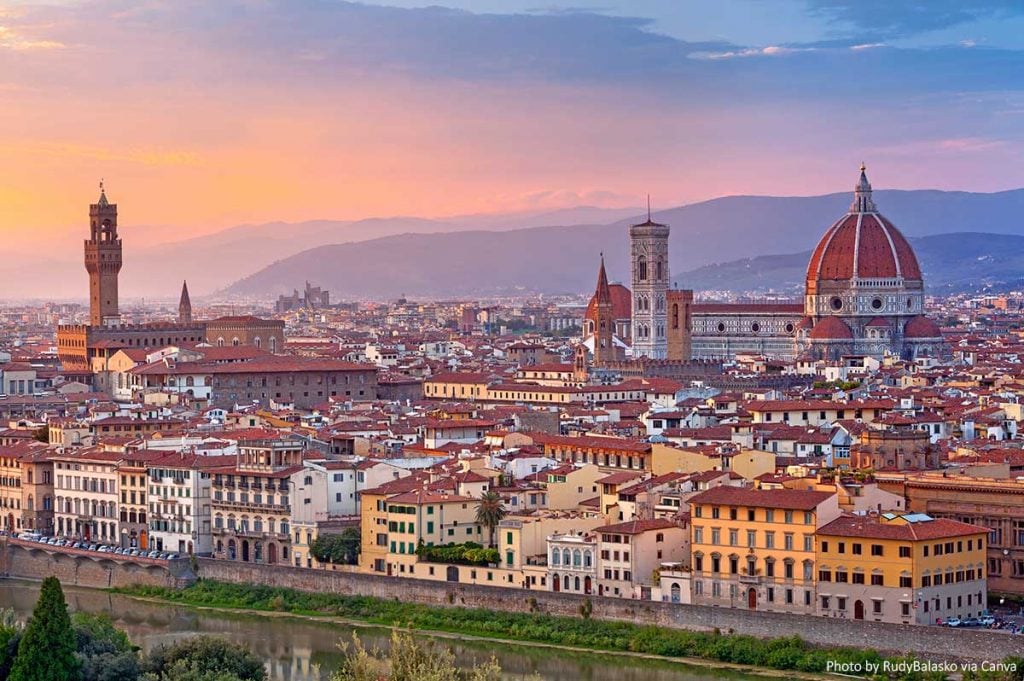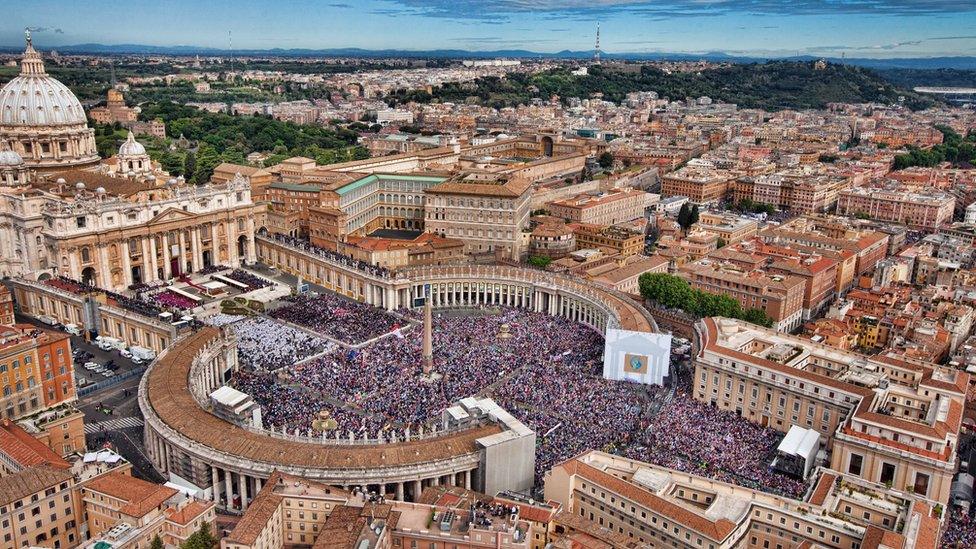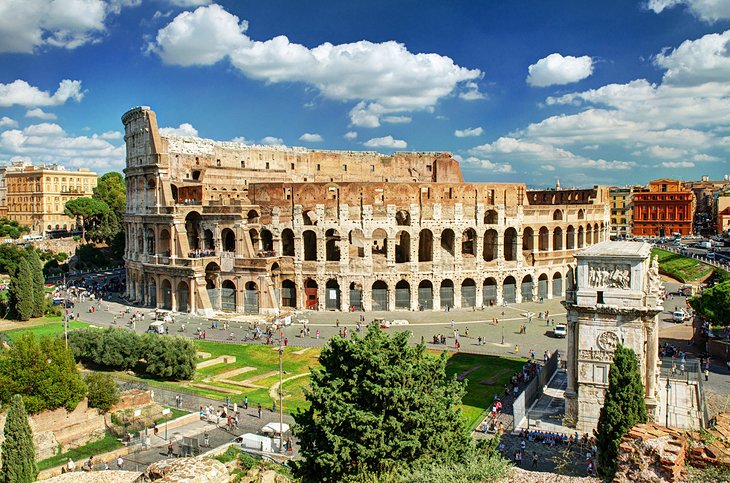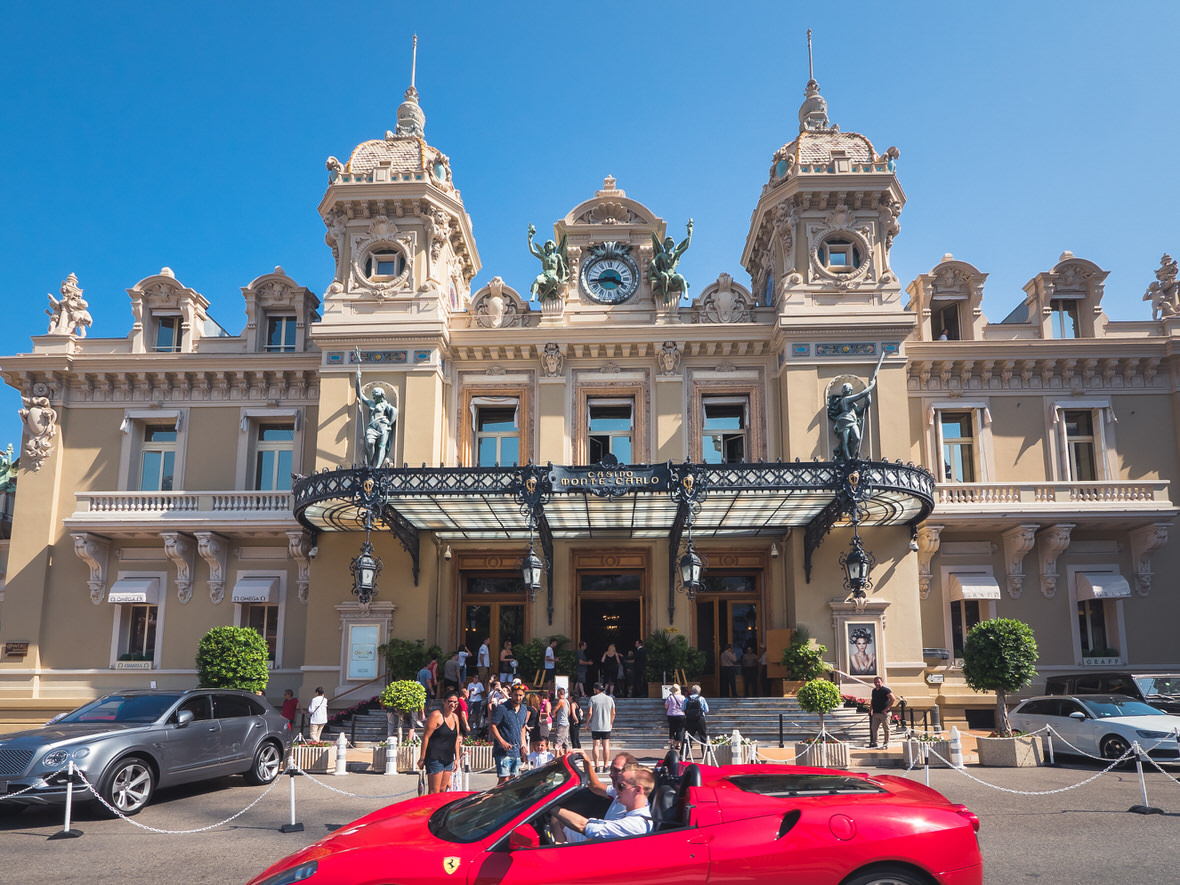Vienna, the Austrian capital, is renowned for its imperial history, elegant architecture, and vibrant cultural scene. From palaces to coffeehouses, the city blends tradition with modern charm.
Top Attractions in Vienna
Must-sees include Schönbrunn Palace, St. Stephen’s Cathedral, and the Hofburg Imperial Palace. Art lovers will enjoy the Belvedere and the Kunsthistorisches Museum. The Vienna State Opera offers world-class performances, while the Prater amusement park provides fun and panoramic views from its giant Ferris wheel.
Neighborhoods to Explore
The Innere Stadt (Old Town) is filled with historic landmarks and luxury boutiques. Neubau and Mariahilf are hip districts with independent shops and vibrant nightlife. The Danube area is perfect for riverside strolls and relaxation.
Local Cuisine and Dining Tips
Vienna is famous for schnitzel, goulash, and pastries like Sachertorte and Apfelstrudel. Traditional coffeehouses provide both history and flavor, while Naschmarkt offers fresh produce and international cuisine.
Transportation Tips
Vienna has an efficient network of trams, buses, and U-Bahn (metro). Walking is easy in the city center. Vienna International Airport connects globally, and trains link the city to major European capitals.
Seasonal Tips and Best Times to Visit
Spring and autumn bring mild weather and fewer tourists. Summer is lively with festivals but can be busy. Winter transforms Vienna into a festive wonderland with Christmas markets and ice skating.
Budget and Practical Advice
Vienna offers accommodations for all budgets. To save money, use public transport passes and enjoy affordable meals at Würstelstands (street food stalls). Many museums offer discounts on certain days.



